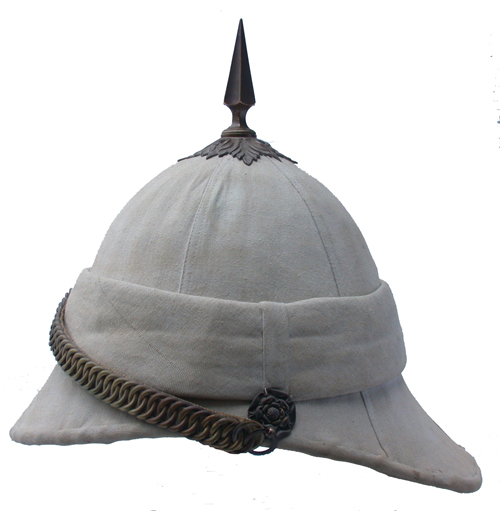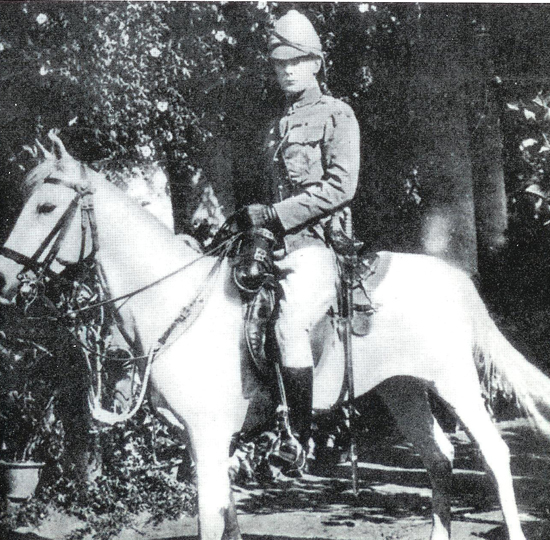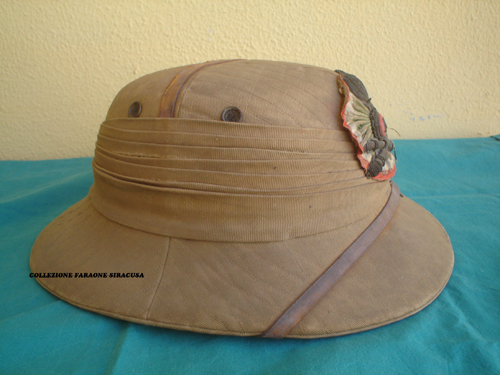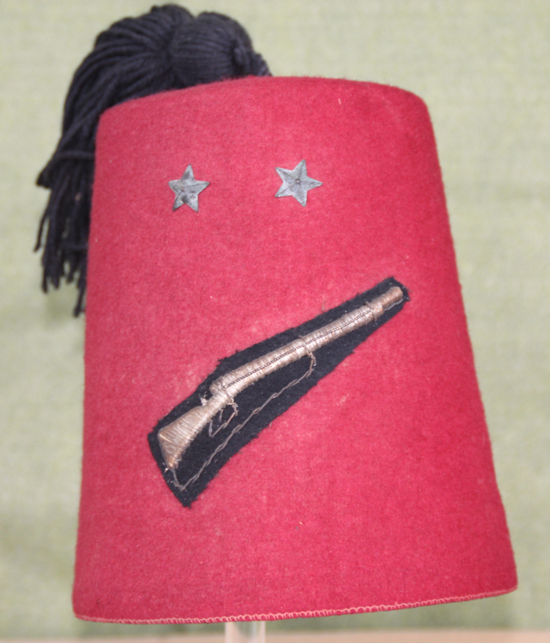Helmets made of wicker were in use in India from, at least, the 1850s and lasted into the early 20th century with units despatched to the Second Anglo-Boer War from India. These helmets and their cork Colonial equivalents were replaced by the Wolseley pattern in the first years of the 20th century and this was completed by 1910. Continue reading
Monthly Archives: August 2012
The Fly Girls of the British Empire
Sometimes, research leads to unexpected results. This was the case while trying to find some more photographic evidence for the use of the “Helmet, Cork, Aviation”. Peter Suciu has already written about the two different types of this interwar period Royal Air Force equipment (here) but obviously the helmet was not only used by His Majesty´s Forces but was also popular with civilian users.
Winston in Pith Helmets
Sir Winston Churchill wore many hats in his life. He was a writer, scholar, soldier, politician, painter and above all English gentleman. Winston as he was often known by friend and foe alike was a Victorian soldier of the Queen, a First World War Lord of the Admiralty and, of course, during the Second World War the Prime Minister.
His most famous hat was his Bowker, but he also sported a Homburg hat as often, and as a soldier wore visor caps and in France in World War I a steel helmet. But of course we remember Mr. Churchill in many a sun helmet! Continue reading
The South African Soldier (Circa 1940) Recreated
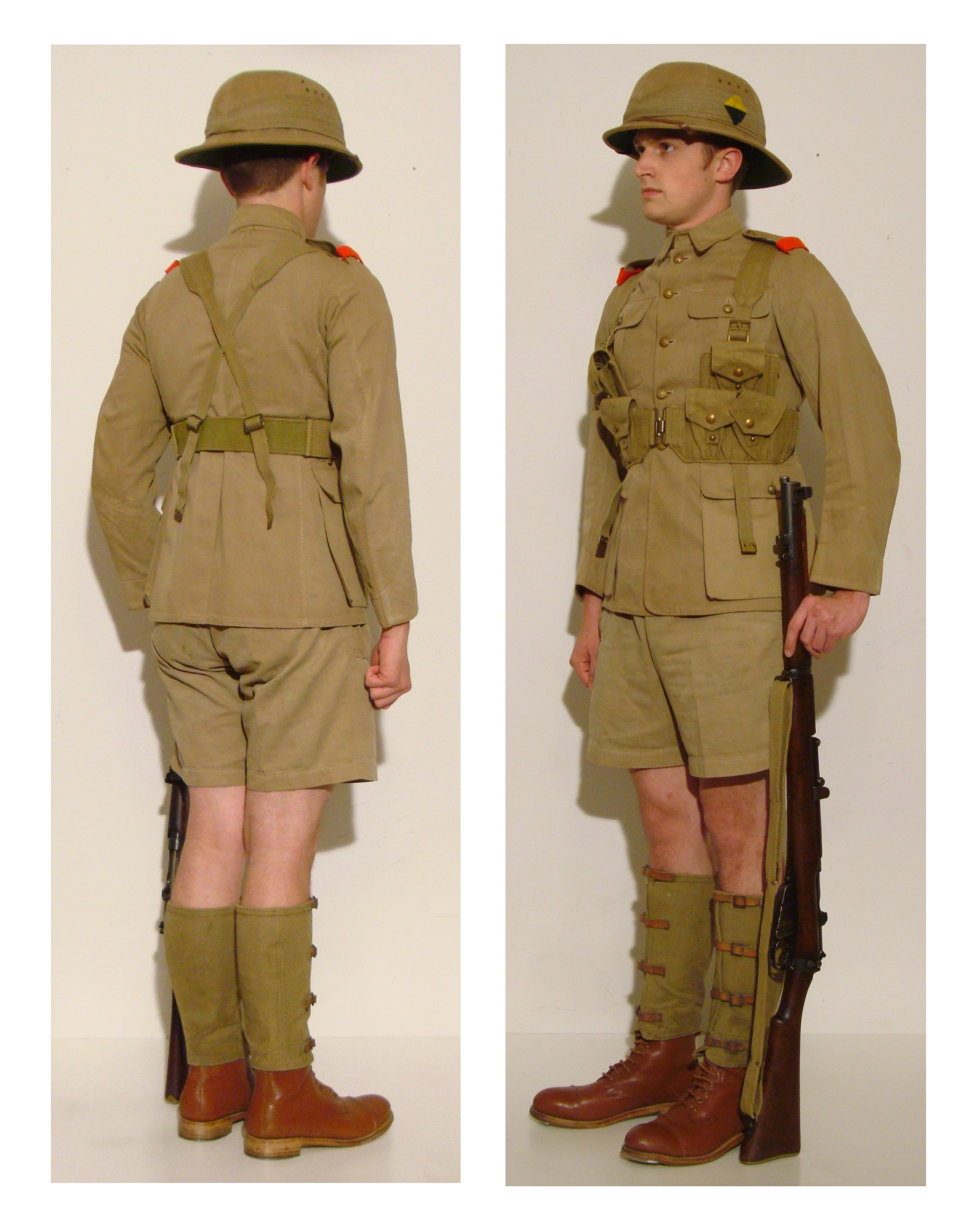 The Union of South Africa’s entry into the Second World War in 1939 caused much controversy among its divided population, and in particular among Afrikaaners. This was in large part due to General Smuts’ defeat of Prime Minister Hertzog’s call for South African neutrality in parliament.
The Union of South Africa’s entry into the Second World War in 1939 caused much controversy among its divided population, and in particular among Afrikaaners. This was in large part due to General Smuts’ defeat of Prime Minister Hertzog’s call for South African neutrality in parliament.
Given the tense climate, Smuts did not introduce conscription to fill the ranks of South Africa’s military, the Union Defence Force, but instead relied on volunteers. The South African Defence Act also prevented this force from serving outside the borders of the Union. To circumvent this limitation, UDF volunteers took an oath to serve anywhere in Africa which entitled them to wear orange/red strips known as ‘red tabs.’ 1,2
The Italian Aden and Indian Pattern Helmet
While it is hard not to see that the Italian Model 1928 helmet was at least highly “influenced” by the British Wolseley helmet, the Italian military also seemed taken by the Anglo-Indian Cawnpore helmet. This particular topee, which is noted for its quilted pattern, was first a popular as a civilian helmet, but soon found its way to the military as a “private purchase” item.
Originally dubbed the Cawnpore Tent Club hat, it was popularized by the Prince of Wales’ visit to India 1875-76. From the First World War to the 1930s the helmet was chosen by fashion thinking British Officers, but in 1938 the Commander-in-Chief India dictated that the Cawnpore Tent Club helmet – along with the Wolseley – were to be phased out in favor of the Khaki Solar Pith Hat (See: Hat, Pith, Khaki, Solar). Continue reading
Pith Helmet with Radiator Grill
In 1899, London hat maker Walter Barnard of Jermyn Street, St. James’s, patented a fashionable helmet with a metal grill between sweatband and hat to allow ventilation. Here is an example of this helmet and later a variation whose ventilation strip was produced in rubber. Continue reading
The Italian Tropical Tarbusc
The “tarbusc,” from the Persian Sarpush (headdress) is a hat similar to fez, a truncated cone shape, and was typical of the indigenous Italian troops in Eritrea and later AOI (Italian East Africa).
It was “inherited” by Egyptian troops stationed at Massawa, at the time of the first Italian occupation in 1885. The original version of the headdress was used by the irregular soldier of the Ottoman army, the Bashi Bazuk (“Mad Heads”) and was red with a black bow. Continue reading

